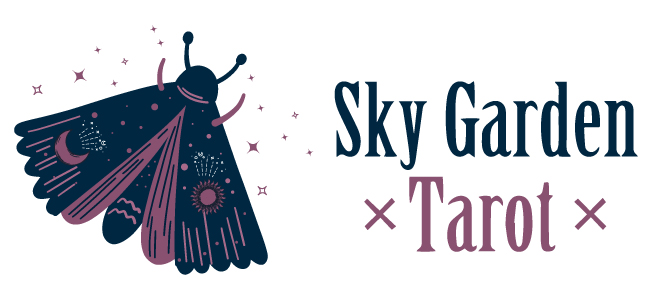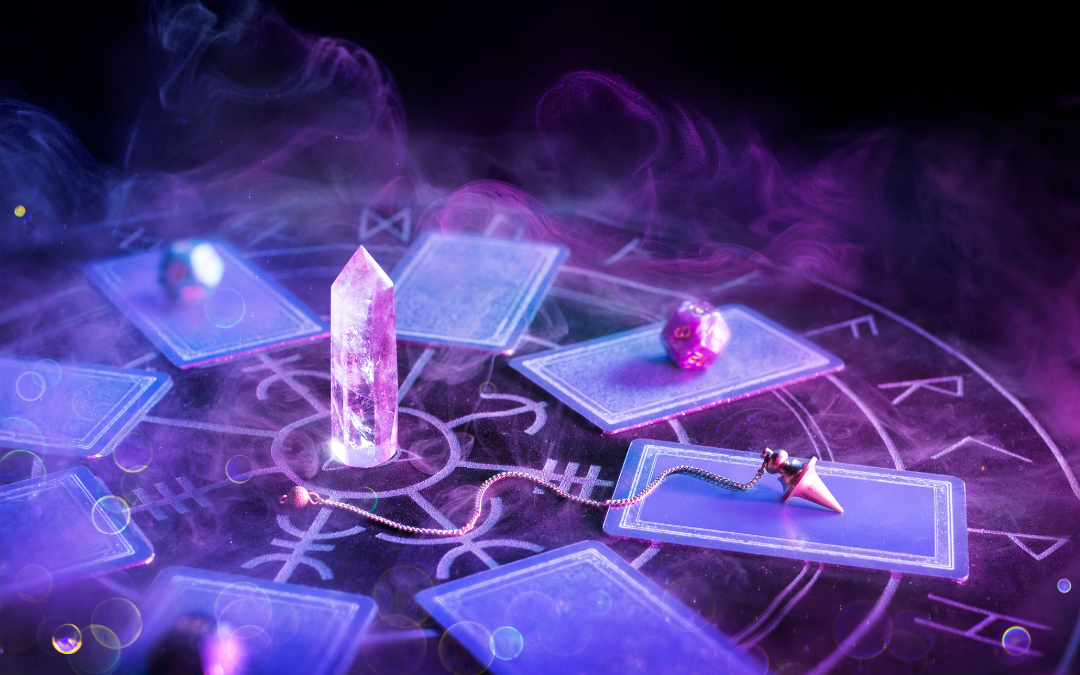Tarot has captivated humanity for centuries, offering a glimpse into the realms of divination and spiritual guidance. Often seen as a tool for fortune-telling, tarot cards hold a fascinating allure for those seeking insights into the past, present, and future. But how does tarot work? Beyond mere mysticism, this article aims to demystify the inner workings of tarot, exploring its history, symbolism, and the psychological mechanisms behind its interpretations. As we embark on this journey of discovery, we will unlock the secrets of tarot and shed light on its profound impact on individuals and society as a whole.
The Origins and History of Tarot
The origins of tarot cards trace back to the 15th century, where they first emerged in Northern Italy as playing cards. Initially, tarot decks were used for leisure and entertainment, but over time, their symbolism evolved, intertwining with the esoteric practices of divination. Some historians associate tarot with ancient Egyptian hieroglyphs or the Jewish mystical tradition of Kabbalah. However, the most widely accepted theory attributes its creation to Italian Renaissance scholars. Regardless of its exact origins, tarot’s historical evolution has played a crucial role in shaping its significance today.
Structure and Symbolism of Tarot Cards
A standard tarot deck comprises 78 cards, divided into two main groups: the Major Arcana and the Minor Arcana. The Major Arcana consists of 22 cards, representing significant life events and spiritual lessons. On the other hand, the Minor Arcana consists of 56 cards, resembling a traditional deck of playing cards but with distinct suits—Cups, Wands, Swords, and Pentacles. Each card in both Arcana carries unique symbolism, often associated with archetypes, elements, and numerology. Understanding the structure and symbolism is a fundamental aspect of comprehending tarot’s working mechanism.
The Art of Tarot Reading
Tarot reading is the process of interpreting the cards to gain insights into a person’s life or situation. Tarot readers, also known as tarotists or psychics, employ various spreads to organize the cards and facilitate their interpretations. The most popular spreads include the Celtic Cross, Three-Card Spread, and the Horseshoe Spread. During a reading, the reader focuses on the querent’s question or intention while shuffling and laying out the cards. The reader then examines the cards’ positions, images, and connections to offer guidance and interpretations.
The Role of Intuition and Synchronicity
A vital aspect of tarot’s operation lies in the concept of intuition and synchronicity. Intuition involves the reader’s ability to tap into their inner wisdom and connect with higher consciousness to derive meaning from the cards. Synchronicity, a term coined by Carl Jung, refers to meaningful coincidences that occur seemingly by chance but possess deeper symbolic significance. In tarot, synchronicity plays a crucial role when specific cards appear in a reading, seemingly aligned with the querent’s experiences or emotions.
Tarot as a Tool for Self-Reflection and Empowerment
Beyond fortune-telling, tarot serves as a powerful tool for self-reflection and personal development. Through tarot readings, individuals gain insights into their subconscious thoughts, emotions, and desires. It provides a safe space for exploring one’s innermost feelings and fears, promoting self-awareness and growth. Tarot empowers individuals by encouraging them to take responsibility for their actions, make informed decisions, and navigate life’s complexities with newfound clarity and confidence.
The Psychological Mechanisms Behind Tarot
Tarot’s effectiveness can also be explained through psychological mechanisms such as the placebo effect, the Barnum effect, and confirmation bias. The placebo effect occurs when people believe that the tarot reading will provide meaningful insights, influencing their perception and actions. The Barnum effect, on the other hand, refers to the tendency of individuals to interpret vague or general statements from the reader as highly personal and accurate. Additionally, confirmation bias leads people to emphasize and remember the aspects of the reading that align with their preexisting beliefs or desires.
Ethical Considerations in Tarot Practice
While tarot can be a valuable tool for self-discovery and guidance, its practice demands ethical responsibility. Tarot readers must approach their work with empathy, compassion, and objectivity. Respecting clients’ boundaries and confidentiality is crucial, as is avoiding dependence on tarot readings as the sole source of decision-making. Acknowledging the limits of tarot’s predictive abilities and maintaining a grounded perspective ensures that individuals utilize tarot as an empowering tool rather than a crutch.
The enigmatic world of tarot operates through a harmonious interplay of history, symbolism, intuition, and psychological factors. It has transcended time and culture, captivating countless individuals seeking guidance and understanding. As we journeyed through the origins, structure, and working mechanism of tarot, we unraveled its profound impact on personal growth, empowerment, and self-reflection. While science may not validate tarot’s mystical aspects, its significance as a transformative tool in the realm of human experience remains undeniable. Whether viewed through a spiritual lens or as a reflection of the human psyche, tarot continues to inspire awe and fascination in the hearts of those who venture into its mystique.


0 Comments